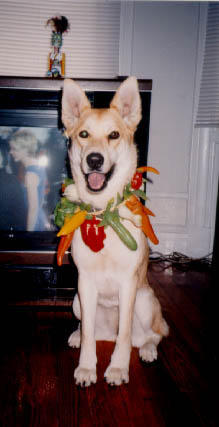
Scientists have acknowledged the limitations of synthetic drugs
and redirected their research towards natural remedies, medicines, and
therapies that shamans have used for hundreds of years in their ancient
rituals. This has triggered a growing popularity in alternative medicine
because research has revealed the validity of naturopathic medicine. Ultimately,
we too are encouraged to become our own doctors and scientists, and seek
out our own remedies. After all, all you need is a green thumb to acquire
medicinal plants, and a lab is no further than your backyard. The shaman
of the new millenium is within all of us.
 |
Natural Medicine
To define what naturopathic medicine is, I searched for a definition in Taberís Cyclopedic Medical Dictionary. Naturopathy is defined by Taber as a therapeutic system that does not use drugs but employs natural forces (Taberís, 1993, p. 1278). Anthony Calpeno (1996) on the other hand doesnít define naturopathic medicine as a particular type of therapy but rather refers to it as a philosophical point of view. That is, Nature will heal the condition not the doctor, the treatment, or the medicine. In order for homeostasis to be accomplished and maintained, the treatment has to involve the whole person not individual components. The final concept of Calpenoís philosophy is that the humans body and mind needs all of its parts the Creator gave us in order to get optimum function. All of these concepts may sound like common sense but sometime we need to be reminded of the obvious in order to assure ourselves.
CATS CLAW
 |
I asked my mom to share her tea recipe to boost the immune system. She gladly complied and taught me how to make it. These are the steps:
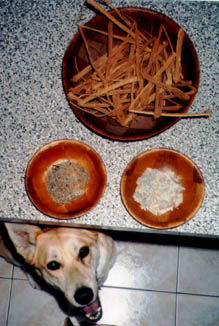 |
The Gerson Therapy
The first time I came across the name Max Gerson, M.D. (1881-1959) was in Mark Kastnerís book Alternative Healing. Max Gerson began curing chronic diseases with a rigorous nutritional and cleansing program that would boost the immune system. Today, this program has been adopted and enhanced by many nutritionists. I decided to look into this nutritional program and consulted my moms nutritionist, Dr. Heriberto Gonzalez, N.D. I began his two-week nutritional program in March 4th 1998. It required a pretty healthy diet involving fiber shakes, herbal teas, supplemental vitamins, and the unforgettable, Dr Gerson influenced, coffee enemas. My mom prepared the indicated tea however she instinctively added her own secret ingredient, cats claw, in to the brew. After successfully completing the program and feeling indestructible to any germ alive, I decided to visit Dr. Gonzalez in person.
The Interview
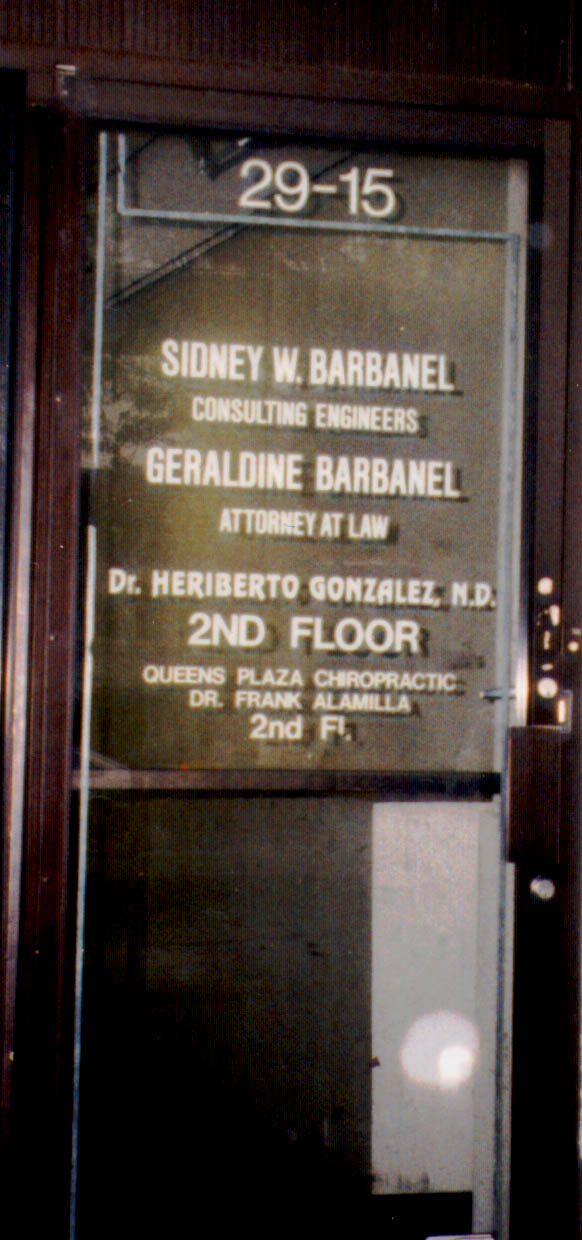 |
A: Yes! Thatís the principle and philosophy and application of natural medicine. We donít deal with the illness. We deal with the causes of the illness. Itís a completely different logic and approach between the systems. We are complete opposites in that sense.
A: Holistic! 100% holistic. However we have been integrated in medical diagnoses and treatment. Thatís the way this office functions. We have an urgent need to extend the diagnoses of the holistic medicine using conventional scientific modalities that allow us to determine the status of a patient. Conventional modalities are only used for medical diagnoses. Thatís what we do here. Itís not invasive. For example, CAT SCANS, and X-RAYS. Treatment-wise, however, it is completely holistic.
A: Puerto Rico. Iím not a physician. Iím a naturopathic Doctor. I had to study naturopathic medicine. I wasnít trained the conventional way. I was taught the natural perspective. However, I used to be a Hospital director for many years in PR where I learned a lot about conventional medicine.
A: Iíve witnessed a lot of shocking successes here in my office. People recover from cancer. What natural medicine does is that it challenges you. It challenges your values, your education, etc.
A: Mostly the same.
A: I think they have their limitations.
No. They are into the supernatural and miracles. We have different point of views and different philosophies.
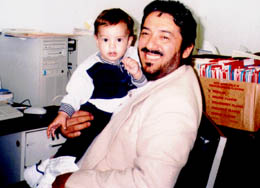 |
Conclusion
Through the continued research in alternative medicines we will uncover
more and more beneficial remedies. However, there will never be a single
cure-all plant, drug, therapy etc. We all are unique individuals.
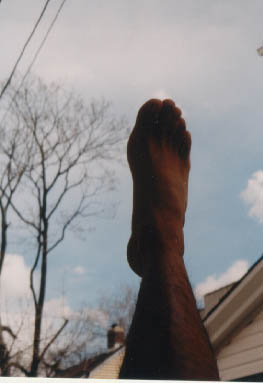 |
REFRENCES
1) Jenkins, M., & McGrath, T. (1997, August). The Secret Garden. Menís Health, p.142.
2) Taberís Cyclopedic Medical Dictionary (17th ed.). (1993). Philadelphia: F.A. Davis Company.
3) Calpeno, A. (D.C., N.D.). What is Natural Medicine. The Natural Doctor Home Page. http://www.naturaldoctor.com (1998, January 30).
4) Gonzalez, H. http://www.medicinanatural.com (1998, April 18).
5) Gonzalez, H. (N.D.) Holistic Awareness Network of the Americas. http://www.holisticawareness.com (1998, April 18).
6) Hoffman, D. L. (M.N.I.M.H). Boldo. Health World Online. http://www.healthy.net/library/books/hoffman/materiamedica/boldo.htm (1998, May 1).
7) Equisetum Botanical. Equisetum arvense (shave Grass, Horsetail). http://www.natmedsol.com/botan/equiset.htm (1998, May2).
8) Ullman, D. (M.P.H.). Scientific Evidence for Homeopathic Medicine. Consumers Guide to Homeopathy. http://www.homeopathic.com/research/scienti.htm (1998, April 12).
9) The Gerson Institute and Cancer Curing Society. The Gerson Therapy. http://gerson.org/index.html (1998, February 25).
10) Kastner, M. & Burroughs, H. (1993). Alternative Healing. La Mesa, CA: Halcyon Publishing.
11) Lipp, F. J. (1996). Herbalism. New York: Little, Brown and Company.
12) Allardice, P. (1995). Natural Remedies A-Z. Australia: Harper Collins Publishers.
13) Weil, A. (M.D.) (1995). Sontaneous Healing. New York: Alfred A. Knopf.
14) Parrado, P. A. (1997, September). Scratching the surface of catís clawís health-promoting capabilities. Better Nutrition. p.24.
15) Murray, F. (1995, October). Rainforest remedy Ė una de gato (cats claw). Better Nutrition for Todayís Living. p.70.